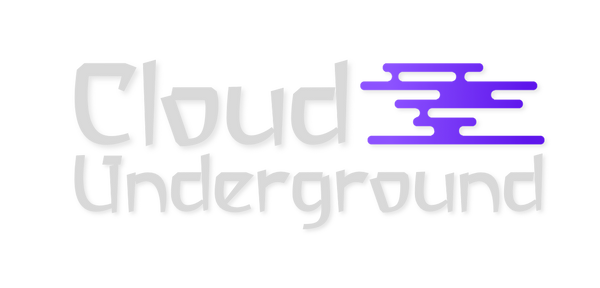
Building a Successful Business: Avoid These 3 Common Mistakes with Your First Product
Share
Strategies for Launching Your Product and Building a Thriving Business
Building a vision is a complex process that requires careful planning and execution. It begins with an idea and the ability to sustain our daily lives while bringing that idea to life. However, successful execution is crucial to achieving our goals. When it comes to creating your first commercial vision, having a discerning eye and a service-oriented mindset are paramount. In this article, we will explore three common mistakes to avoid when launching your first product. By steering clear of these pitfalls, you can increase your chances of long-term success and minimize business risks.

Mistake #1: Neglecting to plan and strategize.
One of the biggest blunders is embarking on a new product without a well-defined plan and strategy. It is essential to map out the entire process, from the creation of the idea to determining the factors that contribute to long-term success or failure. Consider including contingency and exit plans to mitigate potential risks.
Key Points:
- Develop a comprehensive plan and strategy for your product, considering all stages of its lifecycle.
- Identify key milestones and indicators of success or failure.
- Incorporate contingency and exit plans to minimize business risks.
Mistake #2: Failing to start with a minimum viable product (MVP).
Launching your product quickly is crucial in today's fast-paced market. Beginning with a Minimum Viable Product (MVP) allows you to enter the market sooner and gather valuable feedback from early adopters. This approach enables you to make iterative improvements based on customer insights, increasing the likelihood of meeting market demand effectively.
Key Points:
- Embrace the concept of a Minimum Viable Product (MVP) to accelerate your time to market.
- Focus on developing the core features that address the fundamental needs of your target audience.
- Leverage customer feedback to iteratively enhance and expand your product offering.
Mistake #3: Guessing customer needs instead of testing for market demand.
One common pitfall is assuming what customers need without validating your assumptions. Instead of relying on guesswork, conduct market research and gather data to understand the actual demands and preferences of your target customers. Testing your product in the market helps you identify potential opportunities and adjust your offering accordingly, ensuring a better fit with customer expectations.
Key Points:
- Conduct thorough market research to gain insights into customer needs and preferences.
- Test your product in the market to gather real-world feedback and validate assumptions.
- Adapt your product based on market demand to maximize its potential success.
Don't Be Afraid to Get Started
Building a business requires self-reliance and resourcefulness. While there is no magic solution to guarantee success, meticulous planning and empathy can pave the way for attracting the right customers at the right time.
By understanding their needs, you can transform your idea into a tangible reality. It is important to acknowledge that not all projects will succeed, and it's sometimes necessary to move on swiftly from failed ventures.
However, failed projects should not be viewed as permanent closures, as they may be revived in the future under more favorable circumstances. Perfectionism often hinders progress and results.
Instead, embrace the concept of "good enough" and resist the urge to pursue unattainable perfection. Remember, building a business is a marathon, not a sprint.
Be the tortoise, not the hare, and find a balance between consistent progress and occasional bursts of energy to avoid burnout.
Most importantly, don't hesitate to release your product. Set a specific launch date and take the leap, even if your product is not yet perfect.
A 10-year vision cannot materialize if your business does not survive for 10 years.


